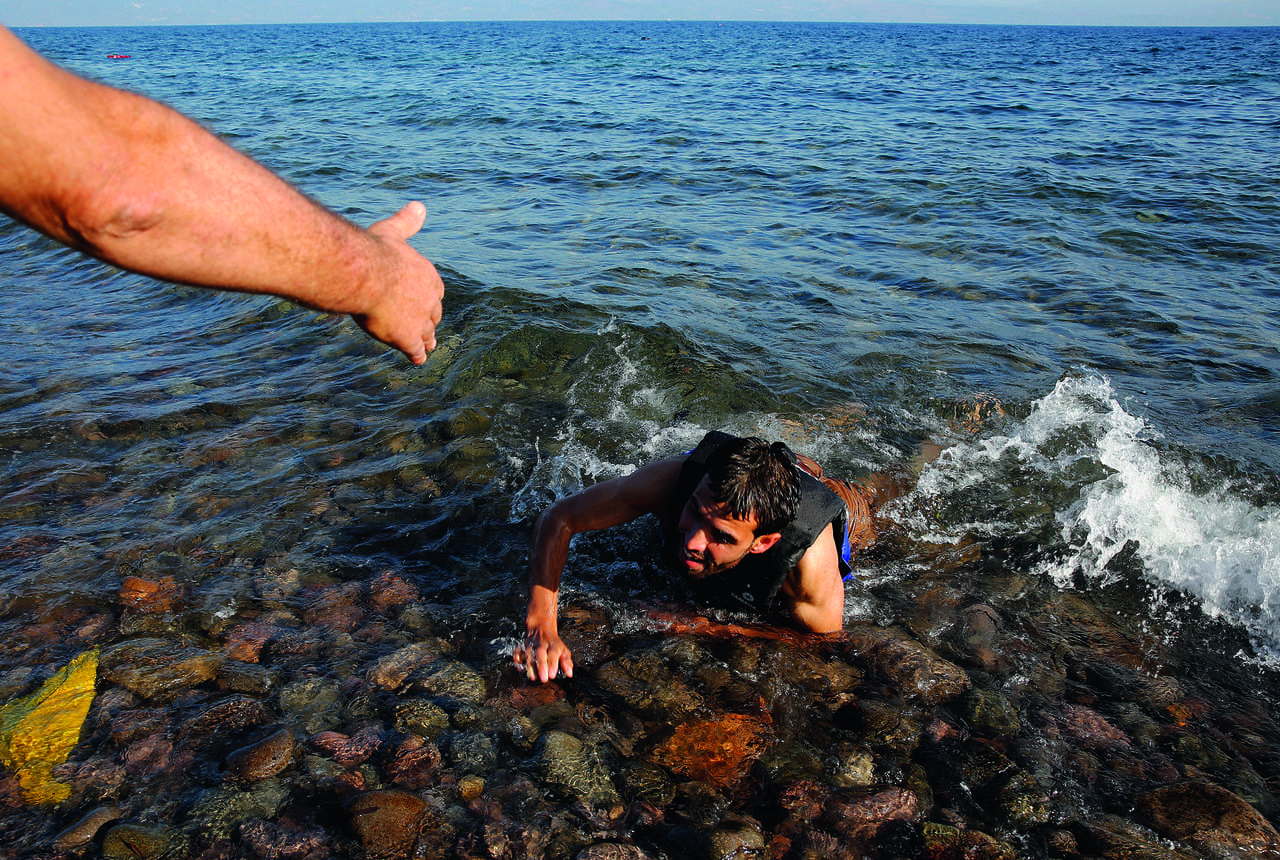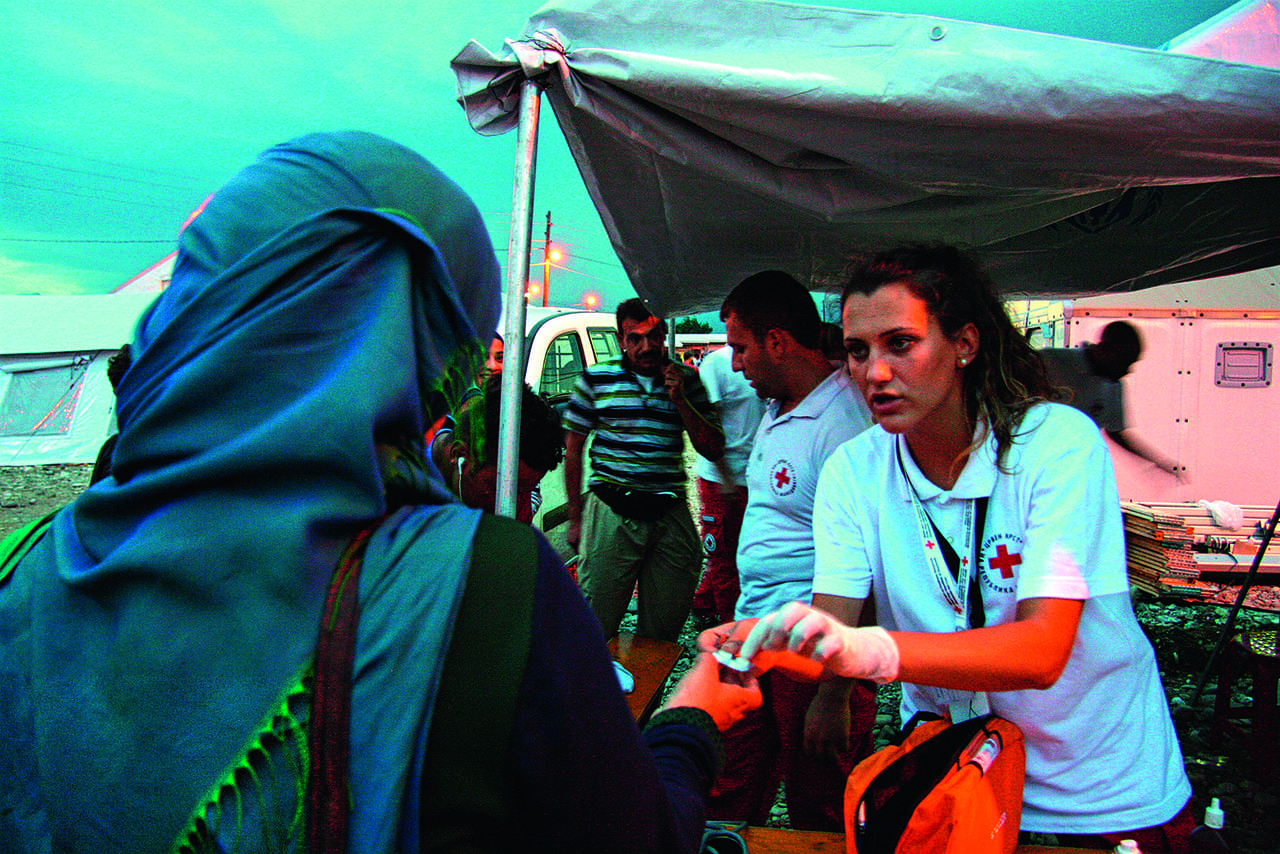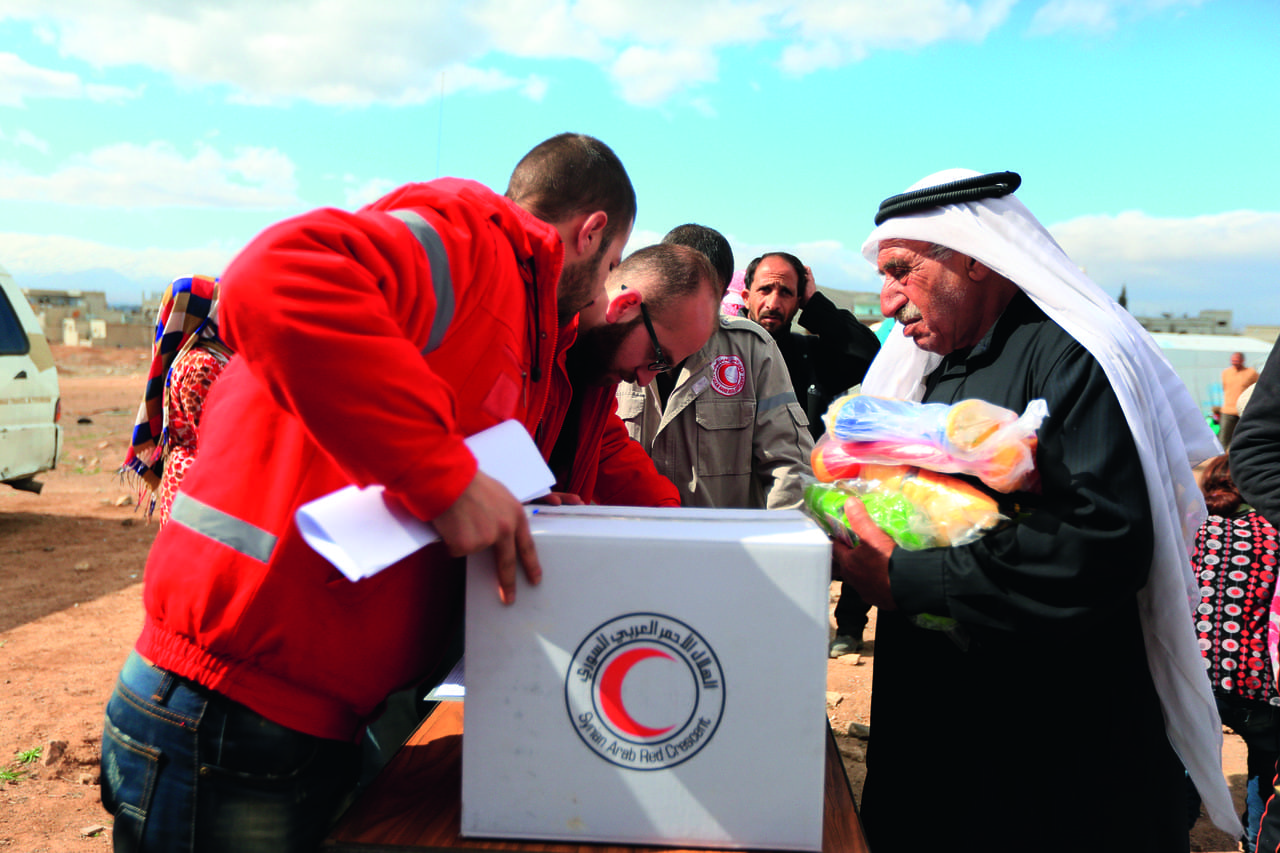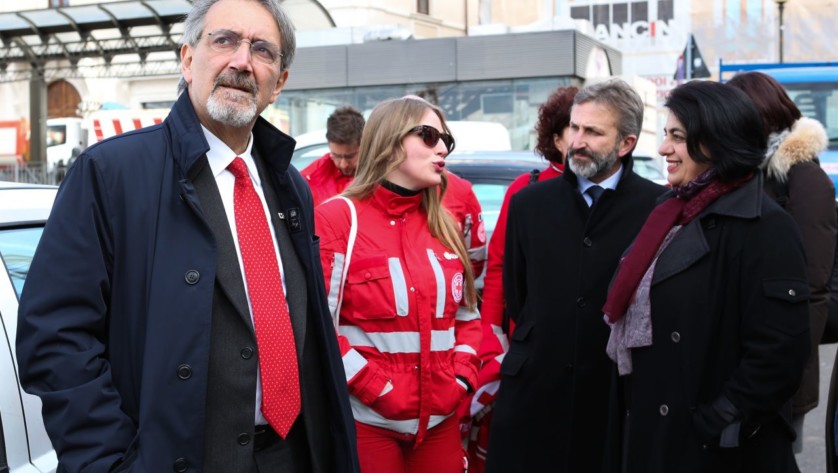“It was very bad on the sea,” Samir recalls. “We were seven hours on the water and we almost drowned — the little boat we were in had 70 people and it kept filling with water. The boat behind us with 60 people sank and they all drowned. There were many babies; we saw it all happening right in front of our eyes.”
By night-time, the family has gone, heading north to Serbia and Hungary, hoping to reach family in Sweden. Roughly two-thirds of the people heading north from Greece through eastern Europe are, like the Samirs, Syrians fleeing conflict — a fact that has brought greater attention to the plight of people fleeing the horrors of war.
With more than 60 conflicts ongoing around the world, the number of forcibly displaced people globally has reached unprecedented proportions. The United Nations High Commissioner for Refugees estimates there are now 59.5 million forcibly displaced people worldwide; 14 million of them were newly displaced in 2014.
For the International Red Cross and Red Crescent Movement, responding to the needs of the displaced has long been at the core of its humanitarian mission — whether the displacement was caused by conflict, natural disaster, climate change, poverty or violence. With the humanitarian needs magnifying dramatically, National Societies along newly emerging migration trails have quickly geared up and responded.
The IFRC and National Societies worldwide, meanwhile, have launched numerous emergency appeals while the ICRC is supporting National Societies with services such as Restoring Family Links, giving migrants an opportunity to search for or make phone calls to loved ones. In September, the Movement launched the Protect Humanity campaign
(#ProtectHumanity), which asked people around the world to join a call to states for the protection and dignified treatment of migrants along all migratory routes.
 Red Cross Red Crescent magazine
Red Cross Red Crescent magazine 










 Tech & Innovation
Tech & Innovation Climate Change
Climate Change Volunteers
Volunteers Health
Health Migration
Migration